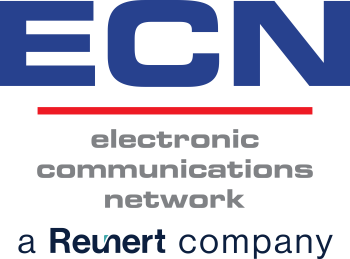The data usage vs data speed confusion seems to be a common issue with consumer based data contracts.
There seems to be a general confusion in understanding what you get vs what you pay for, especially in wireless (cellular) offerings. Some of the consumer data product sales staff, who themselves also may not be able to differentiate between data speed (bandwidth) and data availability (capacity), are also using the terminology in the wrong context.
All of this misunderstanding leads to the most common question being asked regarding data :
What happened to my data?
And then the second question that normally follows:
Why is my internet so slow?
When purchasing data, there are 2 parts to understand; what are the speeds available to me ( bandwidth) ?, and what is my data usage (capacity) per period?
Data speed (bandwidth):
This is the understanding of the maximum, and minimum, throughput rate of your data contract at the time of use and importantly in your specific location.
Put simply, how fast the internet will be where you want to use it?
Contracts normally specify the maximum available bandwidth in a variation of bits per second. These are then measured in either kilobits, megabits, gigabits per second incremented by roughly a 1000 bits per the list. Your throughput rate then would be how much data can flow through your link over a specified period – normally a second. Always understand the fine print as wireless or ADSL type contracts will further differentiate between the “Upload” and the “Download” bandwidth speeds. For most people the download speed is the priority; but as soon as you need 2-way communication or the bigger need to send information to the internet rather than download it, your available “Upload” bandwidth suddenly becomes a bottle neck!
Data usage (capacity):
This is the understanding of the available data you have allocated to you for the period(s) defined in your agreement with the service provider.
Where the confusion comes for a lot of people is that these are also worked out in the bit variation although explained a little differently. Here we are given a set data limit for a period capped in a Megabytes or Gigabytes number, or if you are lucky an “uncapped” service offering!
An example of this will be the data service provider will tell you that for the period defined (a month normally) you are allocated a maximum of 1 Gigabyte of data for example before you will need to either top up, or will be charged for more at a set rate per increment there after– normally very high, or will be cut off.
So again, put simply, this is the amount of data included in the agreement you can use for the set period, before either being cut off or billed extra.
Now understanding your throughput data speed and understanding your available data allocation we can start to answer the questions:
Question 1 – What happened to my data?
This question is commonly asked by people on capped data contracts. The frustration comes in that they were advised by the sales person that this cap may be more than sufficient for their general data usage needs and what they don’t realize is how fast it goes. Everything they do on both the foreground and background on all devices linked to their data service consumes data.
So you need to understand each device plugged into your data service provider, what they are doing? and how much data they are consuming by device and application on that device?
The BIGGEST unknown killer of data caps is background processes – most commonly automated Windows or Application updates.
Sadly, these require a bit more technical savvy to limit or restrict on capped networks. Here your preferred IT consultant will need to assist you.
Question 2 – Why is my internet so slow?
When selecting a data service provider, you need to understand how the data service will perform in YOUR location?
With all technologies, they will sell you the maximum potential bandwidth throughput rate available, but in the real world many factors play a role. How congested is your area? Do the cell towers where you live have enough coverage and support the higher technologies? Is the requested connectivity type actually even available to your home and or office?
This requires homework, speak to your neighbors and area specialists about their experiences on what works and what doesn’t. When the service is applied for, make sure you know the installation time frames and costs. Then when it is first installed, make sure you run a speedtest to determine your real-world baseline and compare it to the bandwidth offering mentioned.
Again – Understand all the devices using your data service and their data usage – especially the background services. Trying to have a clear Video or Voice over IP call can be severely hampered if Windows is downloading all 5GB of the latest patches in the background.
Although this article is predominantly to advise home or consumer clients, a lot of the required understanding still holds true for corporate or large scale enterprises. In these instances, normally the IT department or your data service provider will have tools or network devices to monitor and regulate the data speed per person or application. Most corporate data lines will be on an uncapped solution. Mobile sales, home office based staff, and technical teams may make use of consumer technologies to interface with the company. All Companies need to understand their data usage and available data speeds during set periods.
ECN have been on the bandwidth optimization game for years to make our VoIP voice solutions, and client data solutions the best.
We are specialists in providing and consulting on the best products for your requirements. To learn more, contact us for all your corporate data needs and how to best optimize and get the most value from a data contract for you business.

